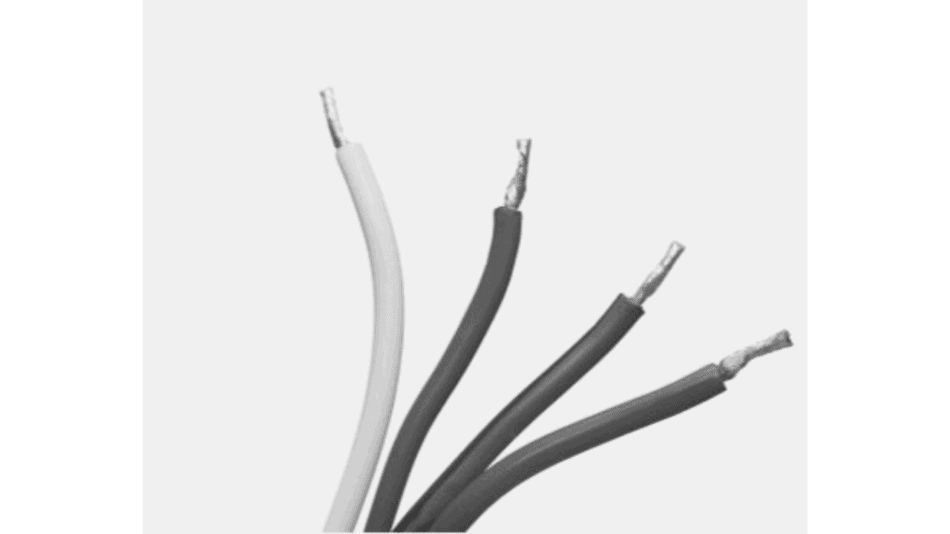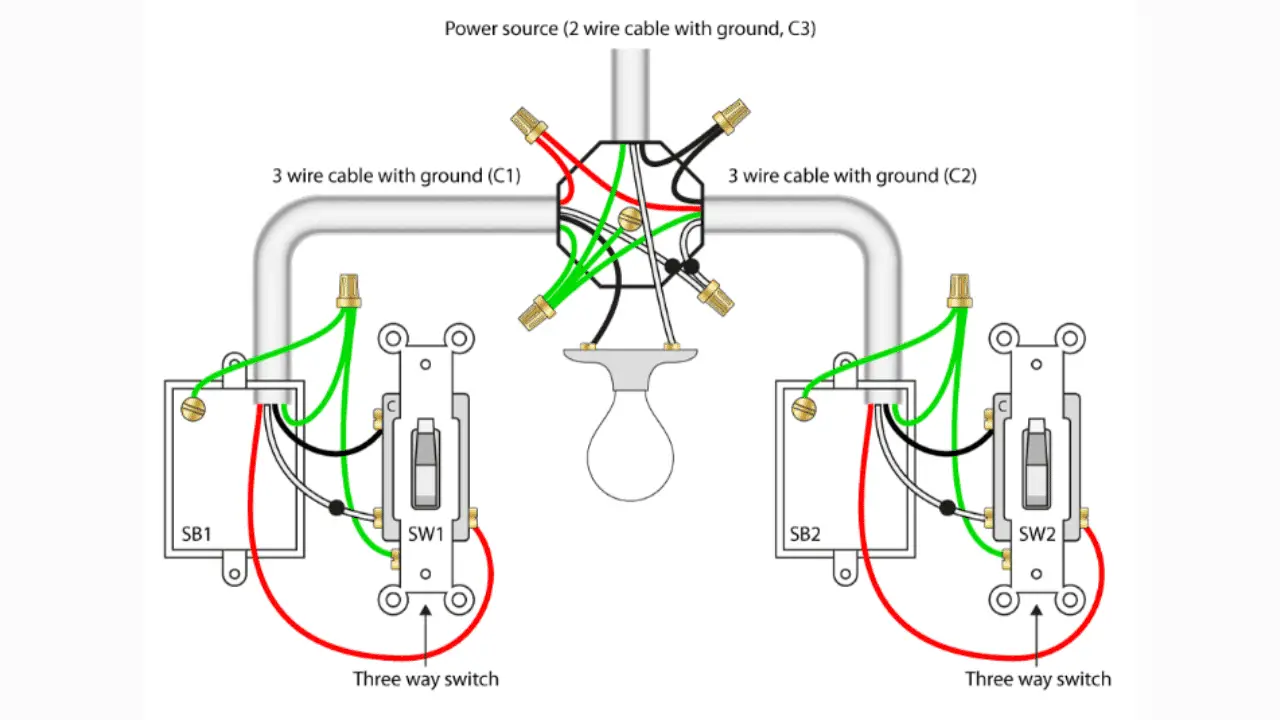
To securely wire the device, you must know hot and neutral wires. If you can’t locate any indications on the cables, you may run a simple test.
To wire a light when the wires are not color-coded, you first need to plug into the correct wires, hot and neutral wires, turn off the circuit in the service panel box of your home, conduct a live test to detect wire polarity, then check with the circuit tester to ensure it is off. Connect the circuit ground wire to the grounding pin on the fixture, then attach an adaptor or crossbar to the electric box.
Suppose a light fixture has two wires that aren’t color-coded. In that case, there are three possibilities:
Because it’s an antique.
Because it’s from a country that doesn’t use the standard American electrical system.
A light was turned into a hardwired fixture by someone else.
Before you hang a light fixture, consider the following:
When the fixture wires are not color-coded.
To finish the installation, you will need the following materials.
- A voltmeter or multimeter,
- 3/16-inch machine screws,
- 3/16-inch drill bit,
- Pliers,
- Wire nuts,
- A non-contact voltage tester,
- Ground screw,
- Drill,
- Crossbar.
Light fixture wiring diagram

Inspect the cables.
It’s neutral if one has a texture, and the other is smooth if they’re made of opaque plastic. For example, one of the wires may have a stripe on it. It’s neutral if you see that. Clear plastic indicates that the neutral wires are silver and the hot wires are copper. Once the polarity of the circuit wires has been confirmed, ensure the hot and neutral wires are plugged into the correct wires.
Turn off the power.
Turn off the circuit in the service panel box of your home using the appropriate breaker. Next, ensure that the circuit wires are disconnected using a non-contact voltage tester.
A temporary test mount
It is possible to conduct a live test to detect wire polarity if there are no indications on the fixture. The black or hot circuit wire is connected to one of the fixture wires, and the white or neutral circuit wire is connected using wire nuts, for example.
You should use two voltmeter probes, one for the bulb socket and one for the circuit ground while having a helper turn on the power at the service panel and keep an eye on voltage readings during the test process.
The wires are switched in the opposite direction whenever the voltage meter gives a positive reading. Therefore, the socket should stay neutral when the electricity is turned on, and the meter should show 0 instead. Remember that an electrical shock might occur if you touch any part of the socket while conducting this test, so be careful.
Try another circuit test.
It is necessary to switch off the power once more and check with the circuit tester to ensure it is off. If your tests show that the fixture should be connected to the white or neutral circuit wire, you should connect the hot fixture wire to the black or hot circuit wire as follows: Each wire pair should be secured with a wire nut.
Connect the circuit ground.
It is not necessary to connect the circuit ground wire to the grounding pin on the fixture; instead, drill a 3/16-inch hole in the bottom of the base and screw in a ground screw, which can be purchased at any home improvement store, to complete the installation. Next, attach the ground wire to the ground screw on the ground screw holder using the ground screw connector.
Screw an adapter.
Using a universal crossbar purchased from a retailer, attach an adaptor, also known as a crossbar, to the electric box. Machine screws of 3/16-inch diameter attach the fixture to the crossbar.
How do you know which wire is positive and negative on a light fixture?
Recognize the three wires from the ceiling hole where the light will be installed: the black, white, and green wires. For the light fixtures we are discussing here, you have black, white, and green wire.
- The black wire is considered hot or positive (house voltage).
- The white wire is considered neutral or negative.
- The black and white are what generate the light.
- The green wire is considered safe or a bare wire which goes to the ground.
- If the connection is for DC, red represents positive, and black represents negative.
- If the connection is for AC, white is neutral, and any color other than white and green is hot.
What happens if you connect the wrong wires to a light fixture?
While an outlet will continue to function if the circuit wires are connected to the wrong terminals, you will reverse the polarity. When this occurs, the bulb socket sleeve, rather than the little tab inside the socket, gets activated in a light.
What happens if you reverse hot and neutral wires on a light fixture?
It’s now the neutral wire on the outlet’s hot side when wired backward. Because the switch is just on the hot side, the lamp socket would still have power if you plugged in the identical light as described previously.
How do you wire a light fixture with only black and white wires?
- Using the smaller white wires, attach them to the white wire of the light fixture.
- Twist together the black wires from the light fixture and the two black wires from the switch.
- An additional 12/3 wire should be attached to any light fixture with red wires. Cables with this color scheme are used to control fan speeds.
Conclusion
However, it is possible to reverse wires and keep the fixture working. However, when replacing a bulb, anyone who comes into contact with the socket sleeve may be electrocuted. When the socket is securely attached, just a little metal tab at the base works as a heat source, making the socket sleeve neutral.
A certified electrician should test an unlabeled fixture with three wires using the appropriate testing equipment. A fire might ignite if the ground wire is mistakenly connected when you wire it yourself.